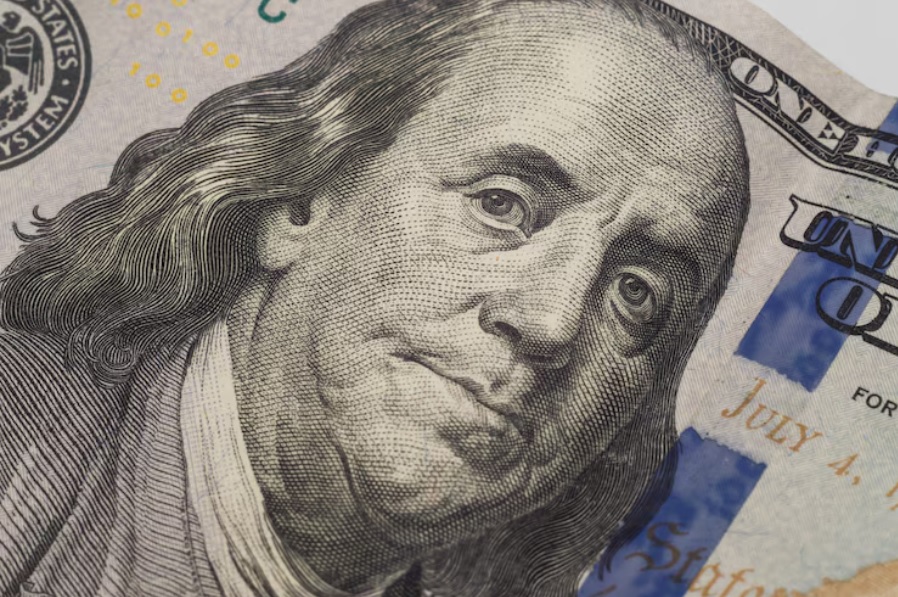Morgan Stanley dollar still smiling remains the firm’s core position right now as the investment bank challenges predictions about the greenback’s demise. Despite an 11% dollar decline in 2025 and widespread Morgan Stanley de-dollarization concerns, analysts actually maintain their “dollar smile” framework continues working effectively. Morgan Stanley’s US dollar decline forecast shows temporary weakness, but the underlying theory supporting dollar strength during market stress has been proven resilient across recent crisis episodes.
Also Read: Morgan Stanley Flags Weaker Dollar as Key Boost for US Markets
Morgan Stanley Dollar Outlook Amid De-Dollarization And Market Risks


The Dollar Smile Theory Validates Morgan Stanley Dollar Still Smiling Position
The dollar smile framework was developed by Morgan Stanley back in 2001, and it explains how the currency behaves under different global growth scenarios. The theory shows the dollar rising during global growth scares on the left side, weakening during synchronized global growth in the middle, along with strengthening when US growth outperforms on the right side.
The analysis using Economic Surprise Indices demonstrates that Morgan Stanley’s dollar still smiling theory actually works. When both US and international growth disappoint expectations, the dollar rises 0.8% monthly on average over 20 years. When US growth outperforms while international growth underperforms, dollar gains reach 1.1% monthly.
Andrew Watrous, G10 FX Market Strategist at Morgan Stanley, stated:
“We disagree with those challenges to the dollar smile framework.”
Recent Episodes Support Morgan Stanley De-dollarization Failure Claims
Recent market events validate that Morgan Stanley’s initial de-dollarization predictions have failed to materialize at the time of writing. During 2018-2019 trade tensions, the dollar strengthened despite US-driven global concerns. The June 2025 Israel-Iran geopolitical spike also triggered dollar strength, which was quite significant.
Some investors have argued that the left side of the smile might be broken, but Watrous shared his thoughts on recent performance:
“In June 2025, when geopolitical tensions spiked between Israel and Iran, and growth concerns became elevated – the dollar surged. Investors fled to safety, and the dollar delivered.”
The April 2025 tariff episode provides additional evidence. The Morgan Stanley US dollar decline forecast showed temporary weakness from policy uncertainty rather than growth concerns breaking the smile framework, even though some expected otherwise.
Watrous stated:
“What weighed on the dollar this spring was policy unpredictability in the US, which led investors to reduce their exposure to US assets, rather than concerns about global growth.”
Dollar Weakness Doesn’t Break Morgan Stanley Dollar Still Smiling Framework
The Morgan Stanley US dollar decline forecast acknowledges recent weakness while maintaining the core framework remains intact right now. The 11% first-half 2025 decline marked the biggest drop in 50+ years, ending a 15-year bull cycle that many thought would continue.
Expected Fed rate cuts and policy uncertainty through 2026 have driven this decline. However, Morgan Stanley’s de-dollarization theories haven’t materialized as structural changes, which is important. The final Morgan Stanley US dollar outlook shows temporary weakness rather than fundamental framework breakdown, even with all the current market volatility.
Also Read: 3 Sectors Most Exposed to De-Dollarization: Do You Hold Them?
At the time of writing, Morgan Stanley’s strategists continue to emphasize that their smile framework accounts for different market stress types. The recent performance was actually reflecting policy uncertainty rather than growth-driven safe haven flows.
Watrous concluded:
“When markets wobble, remember this: the dollar will probably greet volatility with a smile.”
This reinforces that Morgan Stanley’s dollar still smiling theory accounts for different market stress types, with recent performance reflecting policy uncertainty rather than growth-driven safe haven flows that define the traditional framework.





